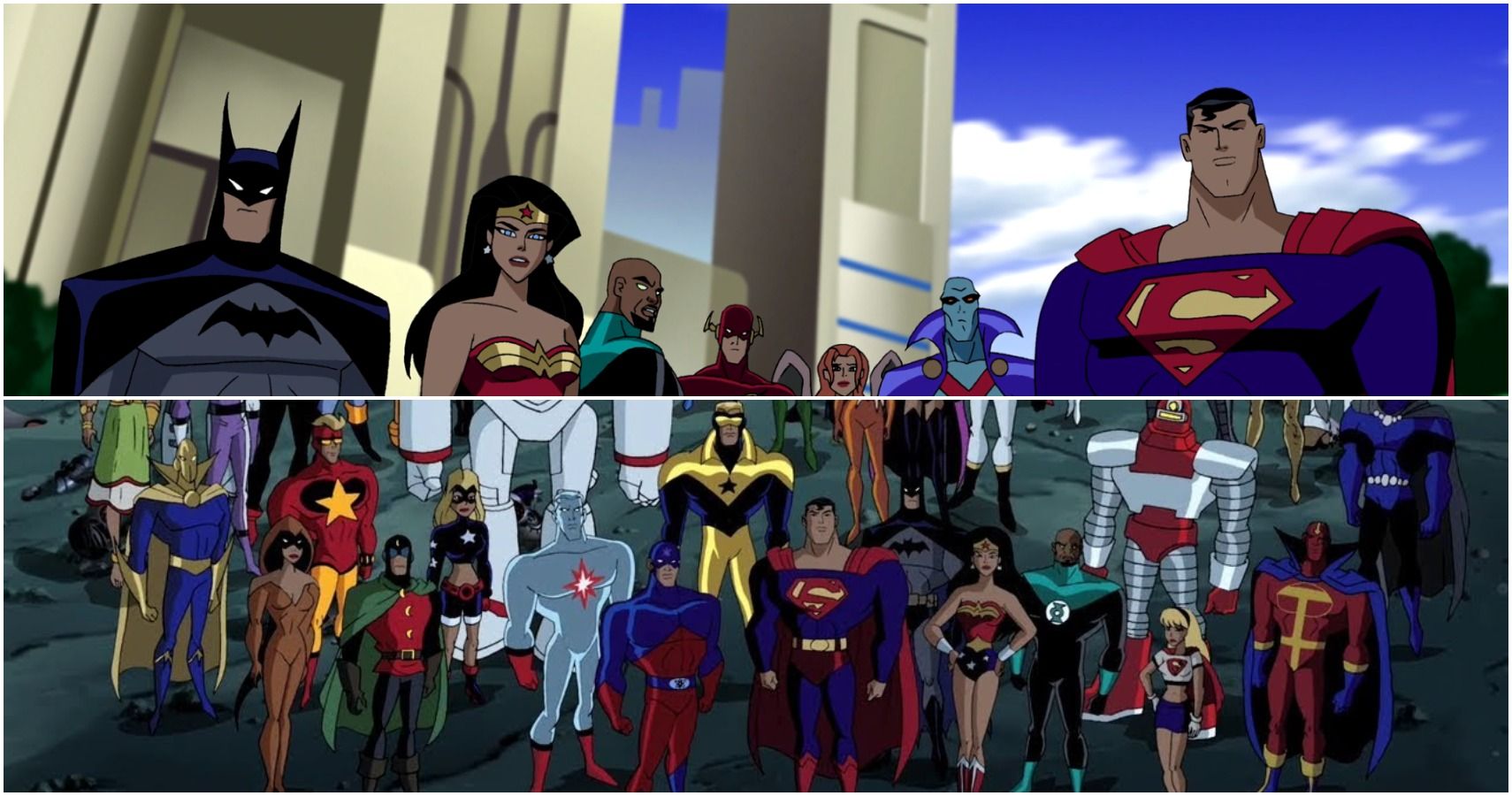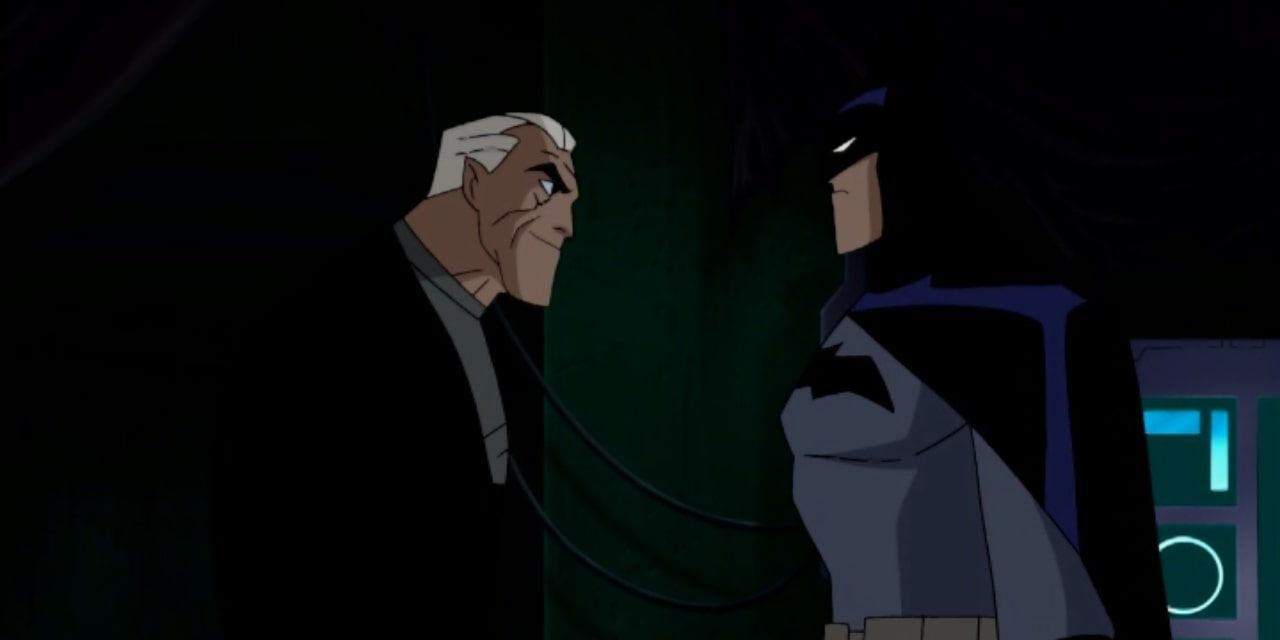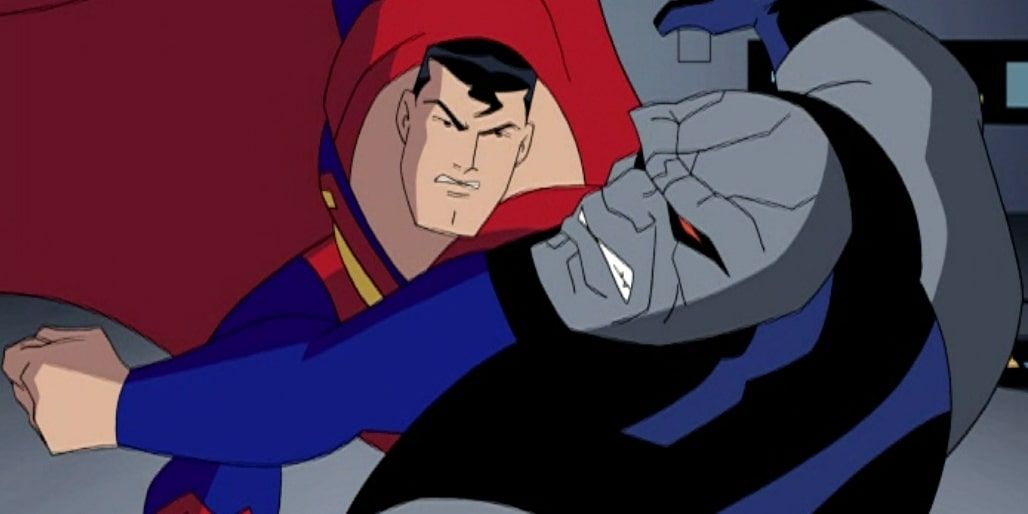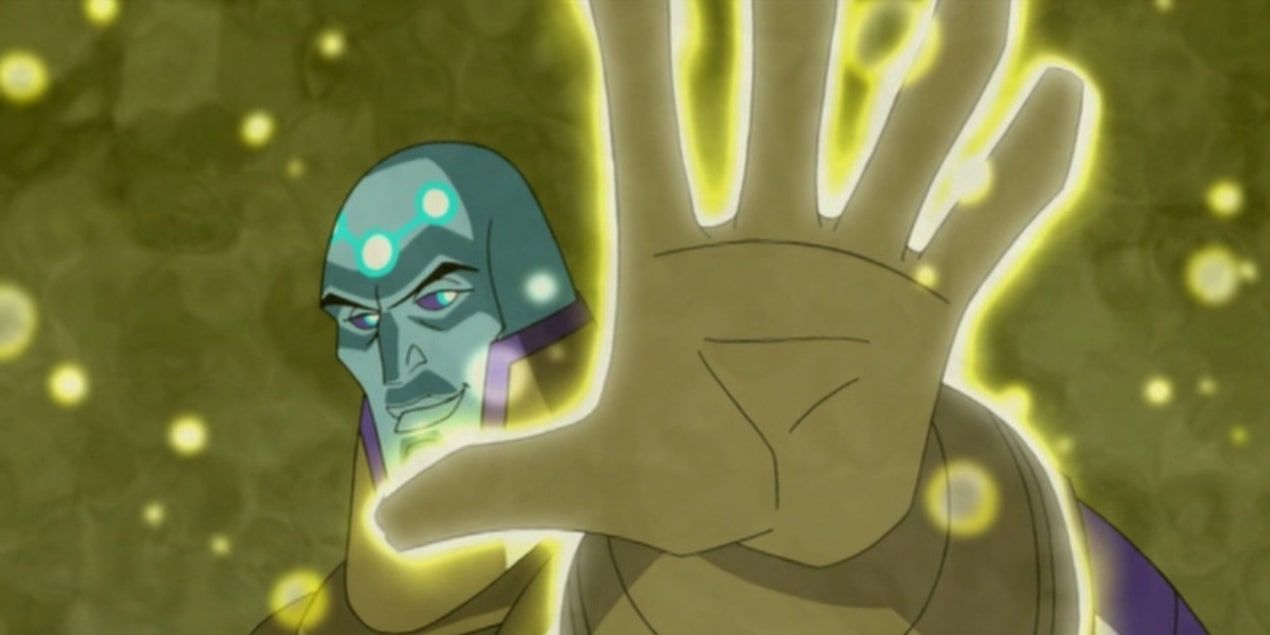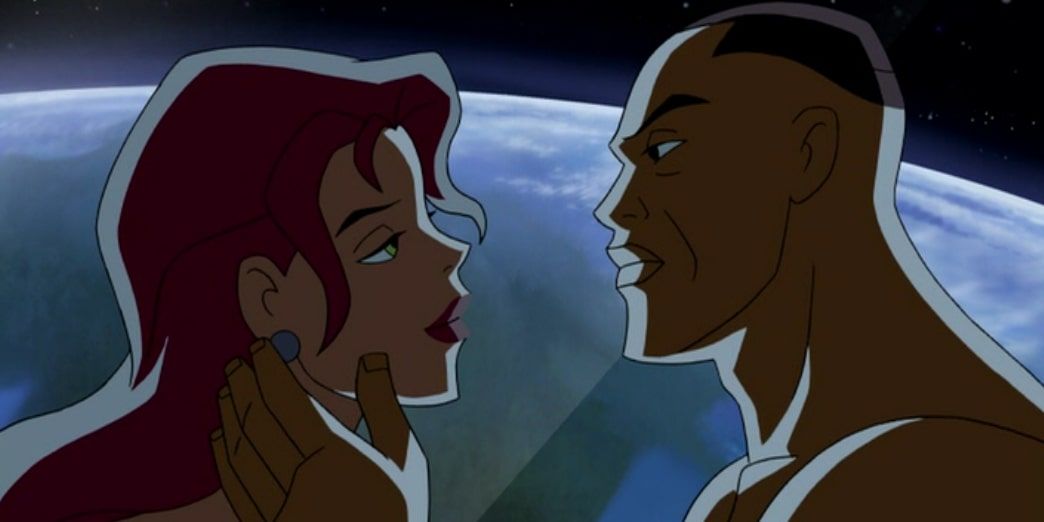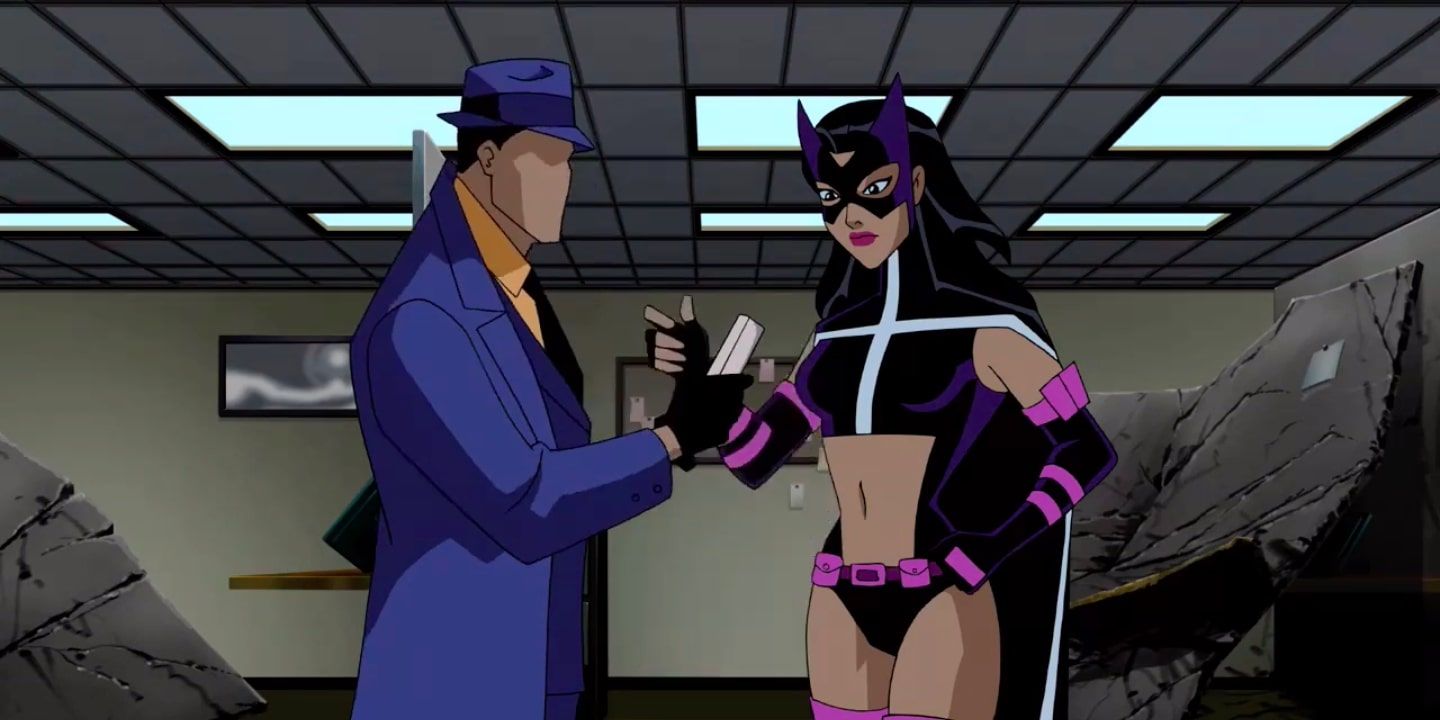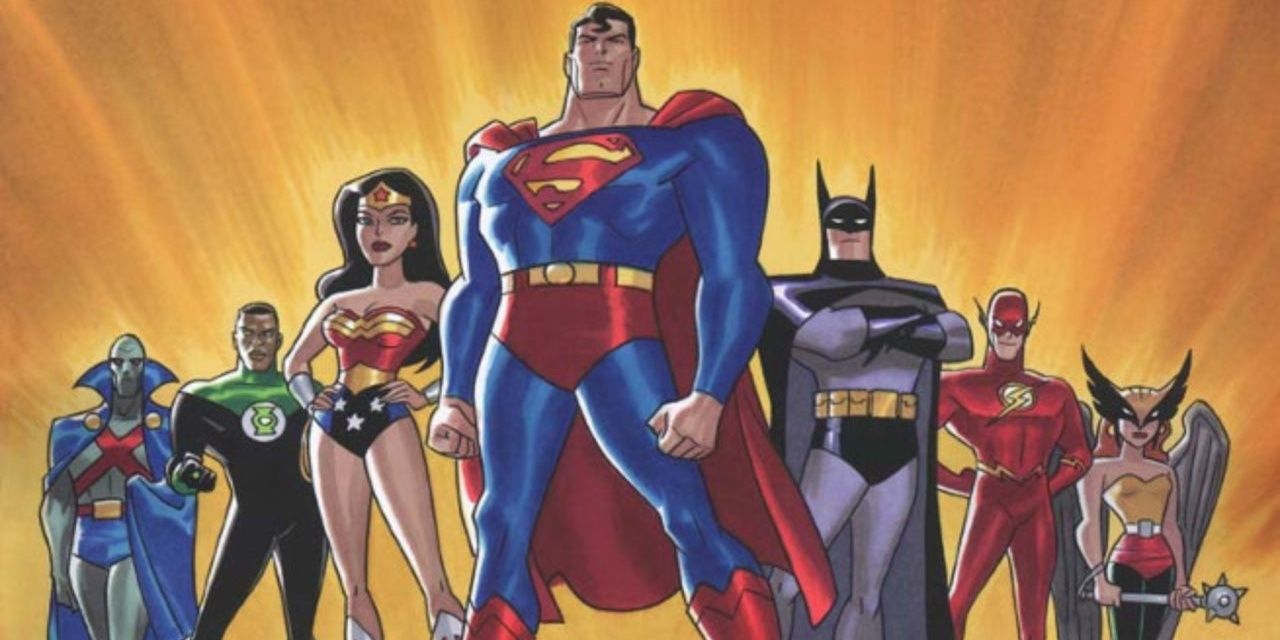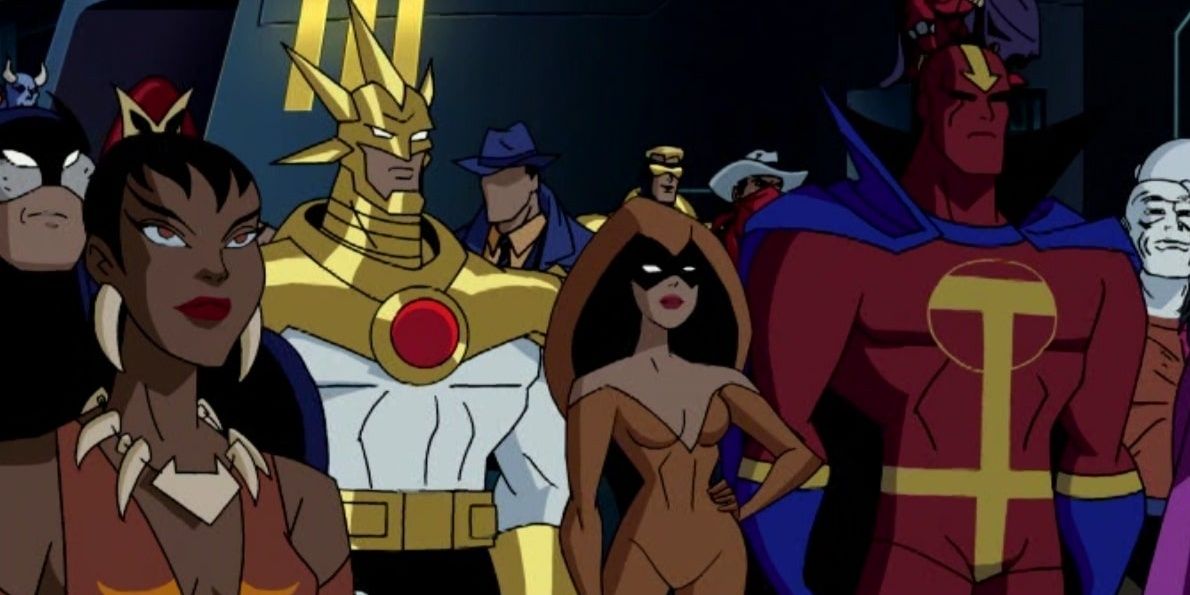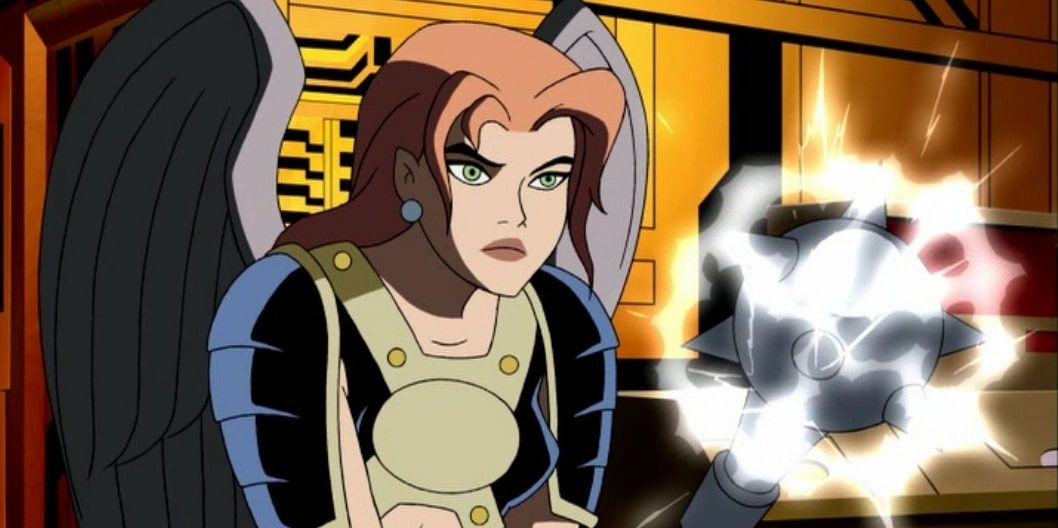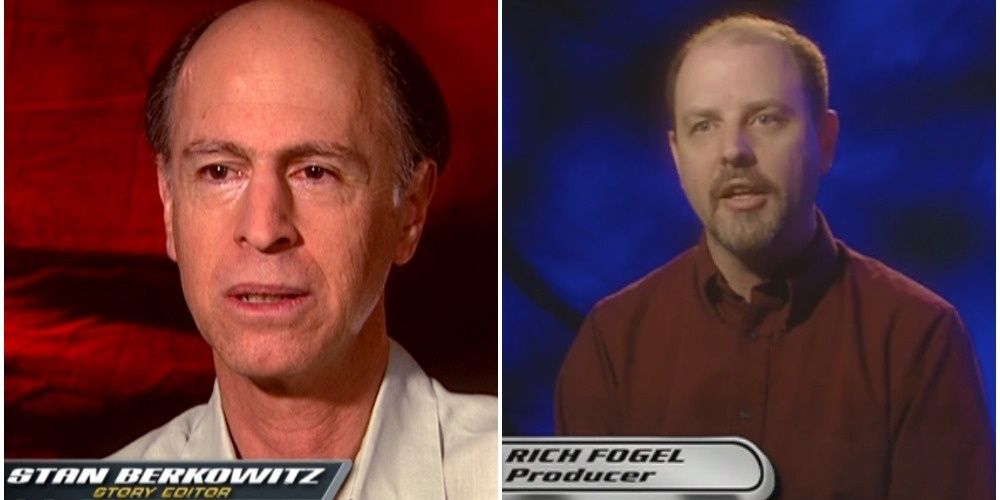Justice League and its sequel, Justice League Unlimited, are widely regarded as two of the best shows in Bruce Timm’s DC Animated Universe, with some placing them right beside Batman: The Animated Series in terms of quality.
If you hold the Justice League shows side by side, however, it’s hard to determine which one is the best, as you could easily make a strong case for both. Here are 5 reasons why JLU takes the cake as the best show to feature Bruce Timm’s animated League, as well as 5 reasons why the original Justice League cartoon can’t be beat.
10 Justice League Unlimited: A Stronger Season 1
While many feel Justice League got off to a somewhat rough start, JLU’s inaugural season had plenty of highly regarded episodes. “For The Man Who Has Everything” poignantly adapted the classic Alan Moore tale, while “The Return” was a gripping continuation of A.M.A.Z.O.'s arc from Justice League, as well as a fascinating philosophical exploration of the nature of purpose.
The season also had plenty of fun episodes, such as “The Greatest Story Never Told,” “Kid Stuff,” and the unforgettable “This Little Piggy”--who knew singing was in Batman’s repertoire of talents? Not to mention the fantastic, time-spanning finale in “The Once and Future Thing,” that brought Batman, Wonder Woman, and Green Lantern face to face with DCU and DCAU favorites alike. The season also set up the building blocks of the Cadmus arc, beginning with the introduction of fan-favorite character The Question in “Fearful Symmetry.”
9 Justice League: A Phenomenal Season 2
Not that the second season of JLU was any less than spectacular, mind you. Yet Season 2 of Justice League was where the show found its voice. Bringing back more characters from past DCAU shows like Darkseid, Brainiac, and Lois Lane seemed to infuse Justice League's creators with more confidence, even when adapting brand new characters to the universe like Despero and Doctor Destiny.
Season 2 was also when the show began exploring the interpersonal relationships between the characters more deeply and delivered quality episode after quality episode. As great as JLU was, another season of Justice League in the style of Season 2 would have been just as nice.
8 Justice League Unlimited: The Cadmus Arc
Arguably JLU's most ambitious storyline, the Cadmus arc wove a narrative through some of the finest DCAU episodes, including Justice League’s “A Better World” and Superman: The Animated Series’ “Ghost In The Machine,” into a massive conspiracy against the League. The saga was filled with jaw-dropping moments, including the Flash entering the Speed Force for the first time, and Lex Luthor combining with Brainiac and Dark Heart technology into one of the League's strongest foes.
What sets the Cadmus saga apart was its moral ambiguity. While Cadmus behaved in cruel and questionable ways, the organization’s desire to safeguard the Earth in case the Justice League ever went rogue was a legitimate concern.
7 Justice League: Green Lantern And Hawkgirl
John Stewart and Shayera Hol had a lot in common—military backgrounds, strong personalities, superheroism— so it wasn't so surprising when they ended up together. Yet Justice League cleverly didn’t rush their relationship, letting it develop naturally until their kiss in the classic “Wild Cards” episode.
While we also were big fans of Green Lantern’s relationship with Vixen in JLU, Shayera’s and John’s pairing holds a special place in our hearts, especially since we got to see the relationship gradually blossom. The reveal in “The Once and Future Thing” that they could eventually give birth to Batman Beyond character Warhawk was icing on the cake.
6 Justice League Unlimited: Huntress And The Question
If Hawkgirl and Green Lantern were the couple of Justice League, then Helena Bertenelli and Victor Sage were the romance of Justice League Unlimited. Though an unlikely couple on paper, Vic Sage’s intense, conspiracy-obsessed demeanor bounced off Huntress’ witty extroversion beautifully. The two even ended up being the characters who set the Cadmus arc finale in motion.
All due respect to Green Arrow and Black Canary, JLU’s other major relationship, but Huntress and Question pairing hadn’t been explored much in the comics, other than hints in the miniseries Batman/Huntress: A Cry for Blood. For that reason, their relationship felt more novel than the well-trodded Dinah/Ollie romance.
5 Justice League: A More Stable Cast
Sometimes in Justice League Unlimited, certain characters got lost in the shuffle. The Flash, for example, was mostly absent from the first season, while the Martian Manhunter’s departure in Season 3 was as abrupt as his (admittedly fantastic) return during the finale.
In Justice League, the creators seemed to have a much easier time tracking and evolving their smaller cast of characters. Many episodes would feature all seven Leaguers while advancing their various character dynamics. JLU, conversely, could only really develop its huge ensemble by splitting it into smaller groups, meaning that several heroes’ stories went unexplored.
4 Justice League Unlimited: An Enormous Cast
Of course, having a much bigger group of characters to choose from had plenty of benefits. Sticking with the main seven probably would have worked at least for another season or two, but it would have likely become harder to come up with new stories for them over time. Bringing in 60+ new characters brought in a wealth of new opportunities, as many DCU superheroes were adapted into animation for the first time, including Booster Gold, Vixen, and the Shining Knight.
The bigger roster also rewarded longtime fans by bringing back several favorites from past DCAU shows, including Zatanna, Supergirl, and Aquaman. Naturally, bringing in so many characters led to brand new character dynamics. Who can forget Shayera and Vixen’s eventual friendship, or Shining Knight and Vigilante debating the merits of Clint Eastwood’s Dirty Harry?
3 Justice League: The "Series" Finale
There’s no denying JLU’s series finale, “Destroyer,” had plenty of amazing moments, but Darkseid’s plan to drill fire pits in the Earth felt a little familiar to anyone who’d watched Superman: The Animated Series. Justice League’s finale, “Starcrossed,” on the other hand, felt comparatively fresher, bringing the Thanagarian army into the DCAU for the first time. It also felt even more epic, as it not only lasted one more episode than “Destroyer” (whose story had technically started in the previous episode, "Alive!") but featured only seven Leaguers against an entire armada.
It’s the character moments that really set Starcrossed apart, however, from the League revealing their identities to each other to the sad resolution of Green Lantern’s and Hawkgirl’s love story. It was also harder to pick bad guys in “Starcrossed” than “Destroyer.” While the Thanagarians’ ultimate plan is a cruel one, their desire to end the war that has plagued their people is understandable, and their leader Hro Talak is clearly bound by a code of honor that Darkseid, for the most part, does not share.
2 Justice League Unlimited: Amanda Waller
“I don’t care, get it done.” Those words, uttered by the Wall herself in “The Doomsday Sanction,” perfectly encapsulate her intense, no-nonsense demeanor that made her a fascinating character to watch on screen.
Waller, voiced to perfection by CCH Pounder, was the heart of the Cadmus arc, an antagonist, but not entirely a villain, pitting herself against the Justice League with the sole desire to ensure humanity’s safety. Plus, did we mention she could stand up to Batman without breaking a sweat?
1 Justice League: Stan Berkowitz And Rich Fogel
Going through the episode credits, it’s clear that the three major writers of Justice League’s second (and best) season were longtime DCAU contributors Dwayne McDuffie, Stan Berkowitz, and Rich Fogel. While McDuffie would become the primary writer of Justice League Unlimited, Berkowitz contributed fewer (albeit memorable) episodes to that series, while Rich Fogel seemingly moved on to other projects.
A pity, as Berkowitz wrote many of Justice League’s finest episodes, including “Only a Dream,” “Tabula Rasa,” and “A Better World,” while Fogel co-wrote the excellent “Starcrossed” with Dwayne McDuffie and “Twilight” with Bruce Timm. Fogel, in particular, had been a major contributor to Superman and Darkseid’s DCAU enmity, having written the Superman: The Animated Series episodes where their feud began (“Apokolips… Now!” and “Legacy”).

